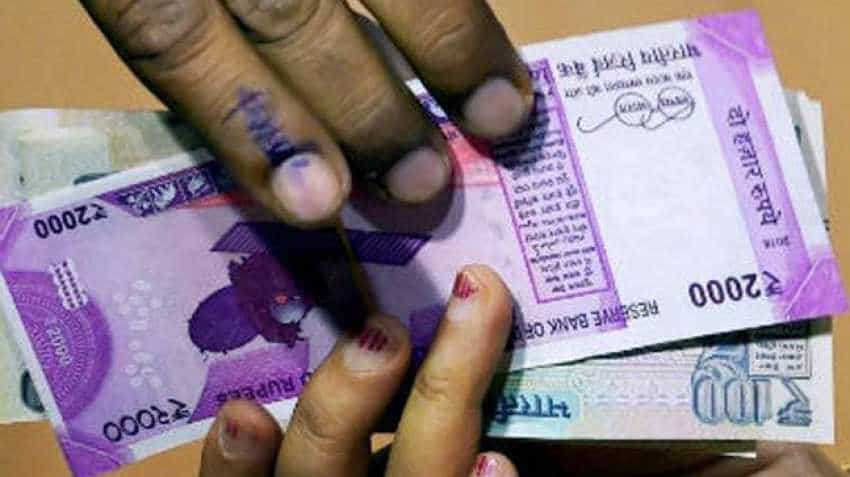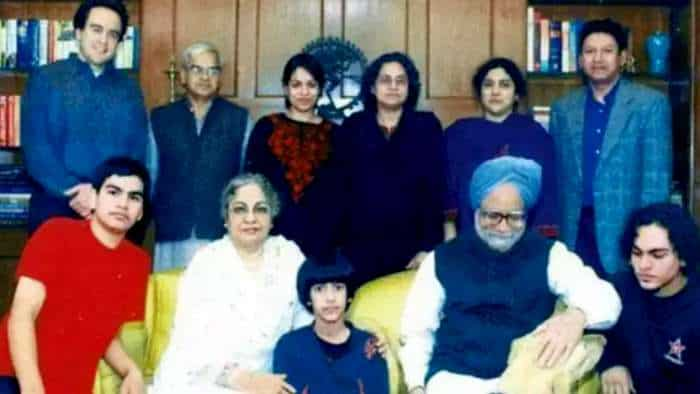Retirement income: India ranked second last in pension benefits
India, the study said, has been taking slow but steady steps towards strengthening its retirement income system, however, the country finds itself as the second lowest among 34 countries, grouped under grade-D along with Japan, China, Korea (South), Mexico and Argentina.

India has emerged as the second lowest among 34 countries providing retirement income systems with good benefits according to a study. The Melbourne Mercer Global Pension Index has revealed that ageing population continued to pose challenges to the governments worldwide with policymakers struggling to balance the twin goals of delivering financial security for their retirees that is both adequate for the individual and sustainable for the economy.
India, the study said, has been taking slow but steady steps towards strengthening its retirement income system, however, the country finds itself as the second lowest among 34 countries, grouped under grade-D along with Japan, China, Korea (South), Mexico and Argentina.
The Index used three sub-indices adequacy, sustainability and integrity to measure 34 country's retirement income systems against more than 40 indicators.
Measuring 34 pension systems (34 countries), the Index showed that the Netherlands and Denmark (with scores of 80.3 and 80.2 respectively) both offer A-Grade world class retirement income systems with good benefits - clearly demonstrating their preparedness for tomorrow's ageing world.
Meanwhile, countries with the highest value for the adequacy sub-index are Germany (79.9) and France (79.5) with Mexico (37.3) and India (38.7) having the lowest values.
However, common across all results was the growing tension between adequacy and sustainability. This was particularly evident when examining Europe's results, it said.
Denmark, Netherlands and Sweden scored A or B grades for both adequacy and sustainability, whereas Austria, Italy and Spain scored a B grade for adequacy but an E grade for sustainability thereby pointing to important areas needing reform, it added.
Further, it found that India continued to maintain its level of 2017 in the sub-indices of sustainability and integrity though the overall index value fell marginally from 44.9 in 2017 to 44.6 in 2018 due to the change from using the median income earner to the average income earner to calculate the net replacement rate in the adequacy sub-index.
The demographics and macro-economic factors in India are diverse and pension systems have to be aligned to other programmes in the country, it said.
Author of the study and senior partner at Mercer Australia, David Knox said that the natural starting place to having a world class pension system is ensuring the right balance between adequacy and sustainability.
Watch this Zee Business video
"It's a challenge that policymakers are grappling with. For example, a system providing very generous benefits in the short-term is unlikely to be sustainable, whereas a system that is sustainable over many years could be providing very modest benefits," he added.
Get Latest Business News, Stock Market Updates and Videos; Check your tax outgo through Income Tax Calculator and save money through our Personal Finance coverage. Check Business Breaking News Live on Zee Business Twitter and Facebook. Subscribe on YouTube.
RECOMMENDED STORIES
06:43 AM IST











 How to opt for higher pension contributions via EPFO website? Read on to find out
How to opt for higher pension contributions via EPFO website? Read on to find out Supreme Court opens 4-month window for eligible employees under pension scheme to opt for increased pension
Supreme Court opens 4-month window for eligible employees under pension scheme to opt for increased pension After Rajasthan & Chhattisgarh, Punjab, Tamil Nadu among other states mull implementation of old pension scheme | Know how NPS is different from old scheme
After Rajasthan & Chhattisgarh, Punjab, Tamil Nadu among other states mull implementation of old pension scheme | Know how NPS is different from old scheme  EPFO mulling over providing better-fixed pensions under new pension scheme; self employed, private employees to also benefit
EPFO mulling over providing better-fixed pensions under new pension scheme; self employed, private employees to also benefit How recent EPS 1995 amendment by Employee Provident Fund Organisation benefit pensioners - Explained
How recent EPS 1995 amendment by Employee Provident Fund Organisation benefit pensioners - Explained